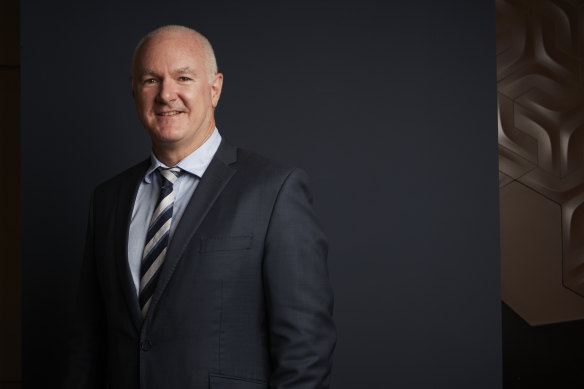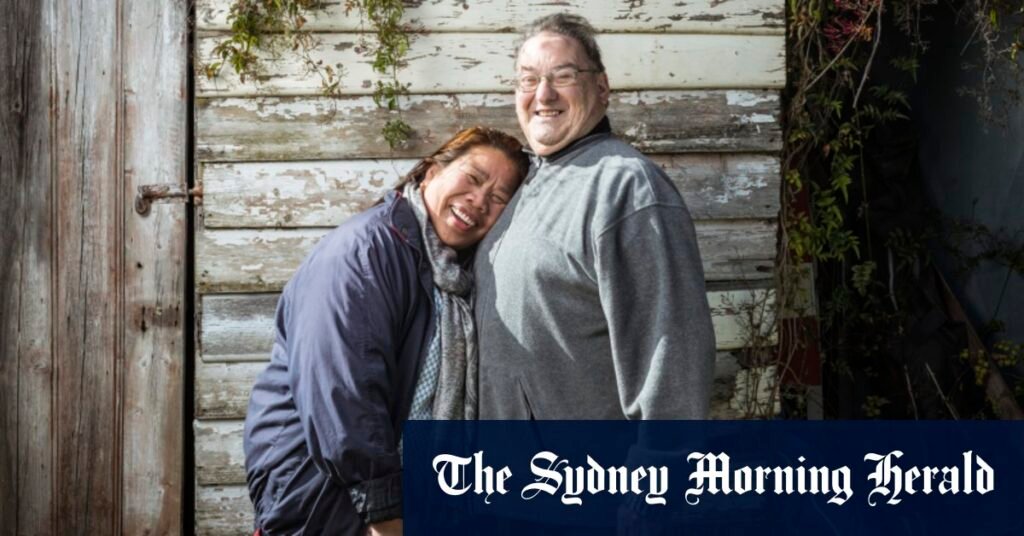
Financial adviser Khaled El-Katateny helps his clients invest in BrickX.
Fractional investment starts with companies such as BrickX purchasing a property they think will increase in value and dividing its cost into shares. Investors receive rental income according to their share, minus letting and other management costs, and can realise any capital gains (properties are revalued every six to 12 months) by selling their shares at any time. Investors in an individual property vote every five years whether to sell the property or continue the investment.
This month, BrickX has about 30 properties listed, from $38 a brick in a two-bedroom detached house in the Ballarat suburb of Soldiers Hill to $766 for a stake in six apartments in Arncliffe in southern Sydney.
Khaled El-Katateny, the managing director of financial advisory firm Kelkap, which has helped more than 1000 clients invest through BrickX, says he has also seen a “younger demographic start to come on board”. He says most of his clients are investors keen to avoid high barriers to enter the property market and an “eggs in one basket situation”.
“Instead of having just one asset that could go untenanted for a period of time, what they could potentially do is split that $500,000 or $100,000 into five or six different assets, and get that kind of diversified approach to their portfolio,” El-Katateny says.
Jonathan Philpot, wealth management partner at HLB Mann Judd, says the fractioning model has “some merits”, including affordable access to property investment as well as the opportunity to diversify to different markets within Australia.
However, he says fractional property shares have much higher transaction fees when compared to investing in equities and offer less liquidity as it’s a smaller market. That means investors might struggle to offload a property if “sharp market downturn” causes its value to tumble.

CoreLogic’s Tim Lawless says anyone with a diversified fractional portfolio will likely see returns which mirror the overall property market.Credit: Natalie Boog
Galvez says investing in fractional property and equities through the ASX is like “chalk and cheese”, but since 2019, BrickX has reduced its transaction fees to 0.5 per cent when buying or selling. He says fractional investment offers more liquidity than conventional property investment.
The current median time to sell bricks is just over 25 hours, although faster sales can involve accepting lower prices.
CoreLogic director of research Tim Lawless, who was on BrickX’s advisory panel before the 2019 buyout, says anybody with a diversified fractional portfolio will likely see returns that mirror the overall property market. CoreLogic’s national home value index shows the market has risen 49.2 per cent in five years.
On average, investors hold their bricks for an average of two years on properties that have been on the BrickX platform for five years or more. The combined capital and revenue returns on the seven BrickX properties to have been fully wound up range from 1.5 per cent to 33.1 per cent.
By comparison, the S&P/ASX200 gross total return index (which includes reinvested dividends) was up 43.7 per cent in the five years from July 2019, although values wobbled this month.
Lawless says it’s unlikely corporate interest in fractional property assets risks adding to existing housing pressures, but says the model’s rising popularity “probably is a sign of affordability challenges” in the property market.
Rivans inherited a small portfolio of investment properties from his mother and previously held $5000 of shares in Qantas, but withdrew his investment in the airline after it shrank during the pandemic. He says he feels more comfortable investing in a property, even if it goes untenanted or the value drops.
“If you invest big money, that’s scary. But if you talk about a little pittance – $1000, $2000, $5000 – it’s worth the risk,” he says.
“You’re a property investor, you’ve got shares.”
- Advice given in this article is general in nature and is not intended to influence readers’ decisions about investing or financial products. They should always seek their own professional advice that takes into account their own personal circumstances before making financial decisions.
Expert tips on how to save, invest and make the most of your money delivered to your inbox every Sunday. Sign up for our Real Money newsletter.

